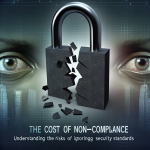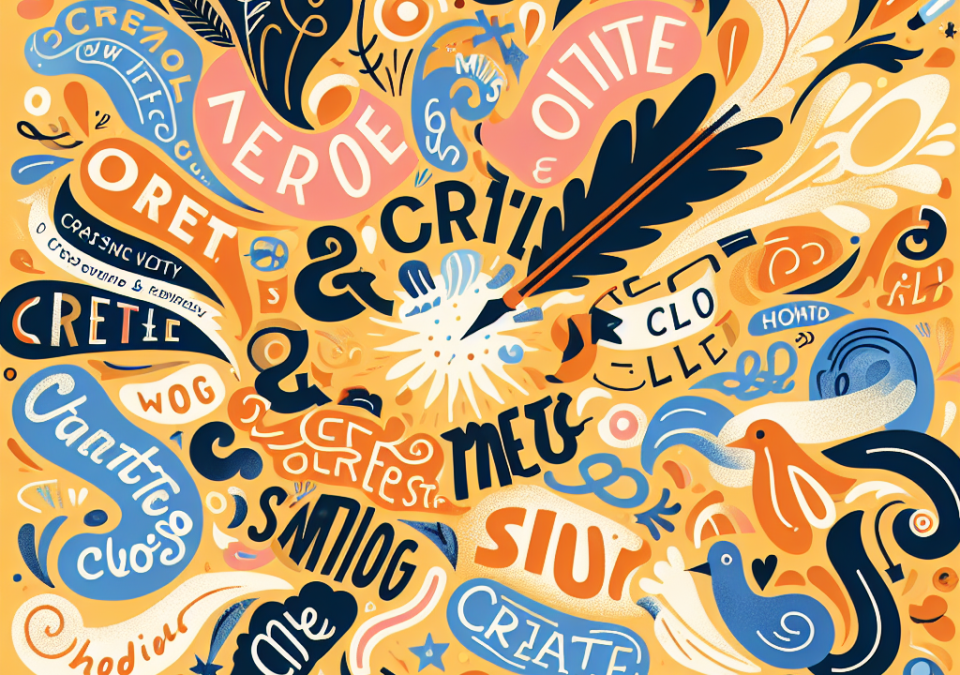
How to Prepare for Your Next Security Compliance Audit: Best Practices
July 8, 2025
The Cost of Non-Compliance: Understanding the Risks of Ignoring Security Standards
July 9, 2025The Art of Creative Expression: Mixing and Matching Phrases
In today’s fast-paced world, the ability to communicate effectively is more important than ever. Whether you’re a writer, a public speaker, or simply someone who enjoys expressing ideas, the skill of mixing and matching phrases can elevate your content and captivate your audience. This article explores the nuances of creative expression and offers strategies for crafting compelling narratives, speeches, and written works.
The Power of Phrasal Creativity
Language is a dynamic and evolving tool. By blending different phrases, you can create new meanings, evoke emotions, and enhance your overall message. Each phrase carries its own weight, and when combined thoughtfully, they can lead to powerful, memorable statements.
1. Understanding Your Audience
Before you start mixing phrases, it’s essential to know who you’re speaking to. Tailor your language to resonate with your audience—consider their age, interests, and level of familiarity with your topic. A phrase that works for a group of young professionals might not have the same impact on an older demographic. Understanding this will help you select and combine phrases that capture their attention.
2. Playing with Structure
Experimenting with sentence structure can yield fresh ways to convey familiar ideas. Try varying the length of your phrases or using parallel structures to create rhythm. For example, "Innovation sparks curiosity; curiosity fuels discovery" is more engaging than simply stating "Innovation leads to discovery." The former invites the audience to think critically and connect the dots.
3. Emotional Resonance
Phrases can be chosen not just for their meaning, but for the emotions they evoke. Words have the power to stir feelings and memories. For instance, consider the difference between saying “she was sad” and “her heart felt like a heavy stone.” The latter not only conveys sadness but also an image that resonates emotionally. Mix phrases that evoke emotion to create a more vivid and impactful experience for your audience.
4. Incorporating Metaphors and Analogies
Metaphors and analogies can bridge complex ideas and make them relatable. When you mix phrases that utilize these devices, you can paint a vivid picture for your audience. For example, saying "Navigating through life’s challenges is like sailing through stormy seas" allows listeners to visualize the struggle and resilience required in difficult situations.
5. Creating Unique Voices
Find your own voice by mixing and matching phrases that reflect your personality and style. This authentic approach not only sets you apart but also invites your audience to engage more deeply with your work. Don’t shy away from using expressions or colloquialisms that feel natural to you, even if they differ from conventional phrasing.
Tips for Effective Phrase Mixing
- Use Thesauruses and Synonym Tools: These resources can provide a plethora of choices, allowing you to mix phrases in ways you might not have considered.
- Read Widely: Exposure to different styles of writing will inspire your creativity. Pay attention to how various authors mix phrases and consider how you can adapt their techniques.
- Practice Freewriting: Set a timer and write without self-editing. This can help you uncover unique combinations of phrases and ideas that you can refine later.
- Edit Ruthlessly: After mixing and matching phrases, revisit your work and refine it. Look for areas where you can tighten your language or enhance clarity.
Conclusion
The art of mixing and matching phrases is a powerful tool for anyone looking to enhance their creative expression. By understanding your audience, playing with structure, incorporating emotional resonance, and using metaphors and analogies, you can craft compelling narratives that resonate with your listeners or readers. Embrace the creative process, and don’t be afraid to experiment with language—after all, the possibilities are endless!







